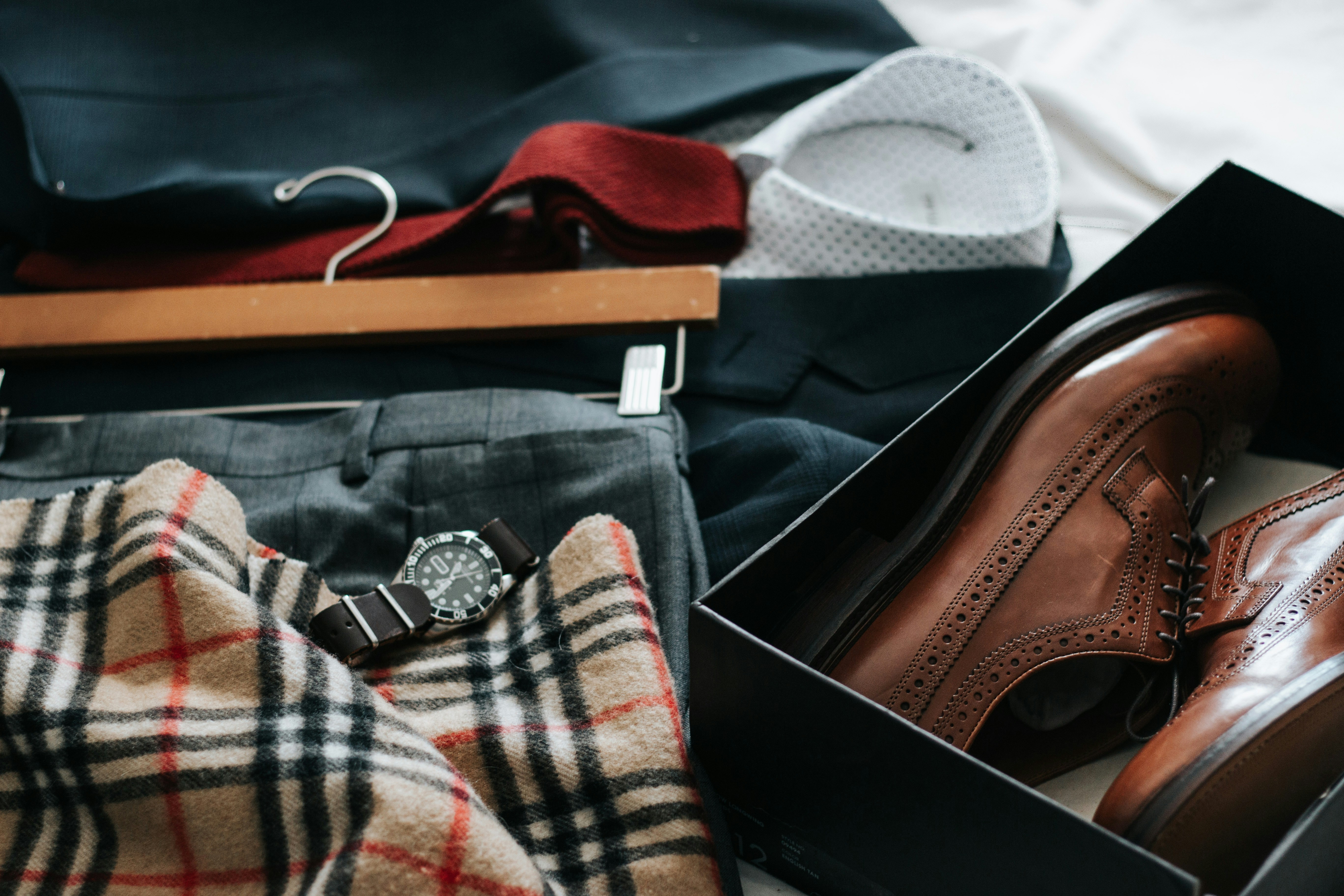There are approximately 95,000 injury lawyers in the United States, making up approximately 6% of the total number of attorneys in the country. Personal injury law is quite far-reaching, with attorneys acting as advocacy in claims of accidents (such as car collisions to medical malpractice), intentional injuries (sustained as the result of assault and battery), product-caused injuries (whereby a tool or equipment has harmed a user or person of intended assistance) and defamation (in which someone has been injured as the results of an attack on their character or words said about them).
As a result of many potential cases, personal injury law practice has become a fast-growing industry, with multiple fields for new attorneys to branch into. It’s quite a lucrative career, too, as personal injury lawyers can earn $73,000 per annum in the region, but this can be bolstered by contingency fees and doesn’t account for percentages of claims that you can charge for winning a case.
Suppose you have aspirations to become a personal injury lawyer, then you should expect to work hard. After an education that lasts seven years (four years as an undergraduate earning your Bachelor’s degree and then three years of law school earning your Juris Doctorate), you would probably have recently passed your exams and become accredited by the U.S. Attorney Bar Association (ABA). You’ll be ready to take on claims ranging from the most common kitchen accidents and injuries to the difficult aspects of an aggravated assault. But there may be a few things that you haven’t quite been taught just yet, which experience would normally inform you of. However, here are a few examples to help you get started.
Spread your wings, but remember to stay grounded.

Personal injury law is multi-faceted and can cover a broad range of topics. However, if you are starting, be careful not to spread yourself too thin by covering everything. When you are at law school, remember to network with other students who show promise in areas that you don’t consider to be your forte. If you do, you might find an opportunity later on down the line to band together and form a law office conglomerate with each member (or partner) taking a case that plays to their strengths. There will be cases that only one member of the law firm can handle, but you may fall upon a case that requires a strong strategy to create a group effort.
Davis Kelin is one such example of this. The two personal injury lawyers in Albuquerque have split their work between them and focus on the areas that they specialize in more than the other. For Ben Davis, malpractice and personal injury en masse, such as the case against Johnson and Johnson over their baby powder. For Zackeree S. Kelin, the focus is on Indian law and nursing homes. By splitting the work between them, they can cover more cases and have a higher success rate overall by playing to their strengths.
If you want to feel like a lawyer, look like a lawyer.

There is almost an aura around attorneys-at-law that is quite hard to place. When presented with our assumptions of what a lawyer would look like, they are invariably the same–smartly dressed and perpetually ready to walk into court at any second. You might be wanting to mix things up a little bit in terms of style, but the suit jacket and white shirt combination have almost become a uniform for the industry.
There is a reason for this–courts demand that you take them seriously. So if you dress like you are in contempt of that seriousness, you are likely to be viewed negatively by the court officials, which would not bode well for your case or your client and, thus, your reputation. However, there is a fine line that you will have to tow. Personal Injury lawyers are normally sought after in times of crisis in a client’s life, and as such, you need to be both welcoming to them and fierce to the party they are claiming accountability from.
So, professionalism here is key. Jackets, shirts, blouses, pencil, skirts, shoes, and high-end accessories are a must. In addition to looking great for court or testimonial dates, you will feel better too. This is because dressing well is known to elicit feelings of confidence and positivity in what you do. But if you are just starting, you are probably not willing to burn a hole into your pocket just yet. So, shop cleverly and check out clothing retailers offering discounts or are currently hosting sales, such as White House Black Market (WHBM). They have clothing for all of your professional needs but are also stocked up on petite dresses and casual clothing, too, for the times when you are not a lawyer. Speaking of which:
Get yourself a hobby (that doesn’t involve law).

Working in personal injury law is going to require a lot of your time and energy and weigh you down a little mentally too. Whilst you can always aim for professional barriers to prevent emotional transference, if you are dealing with cases of assault or wrongful deaths all day long, it’s not difficult for some of this to play on your mind. Do yourself a favor, and get a hobby for your downtime.
Take your example from Long Island-based renowned lawyer and mineral enthusiast Howard Fensterman. The managing partner of New York law firm Abrams, Fensterman, Fensterman, Eisman, Formato, Ferrara, Wolf & Carone, LLP. He spends his time outside of practicing law by getting involved in the charities of The Chabad of Port Washington and the Crohn’s and Colitis Foundation. Beyond that, he has a website dedicated to his collection and study of minerals and gemstones. Whilst it might seem hard to imagine where he finds the time to devote so much of his attention to all of these endeavors; he would argue that he has to make the time. Simply put, time off work is good in allowing you to let off some steam and refresh your perspectives on a case or your field.
Injury law is a fascinating and wide-reaching industry to become involved in, but try not to jump into it feet first. Take your time, ease into it, and you’ll enjoy a long and gratifying career.

